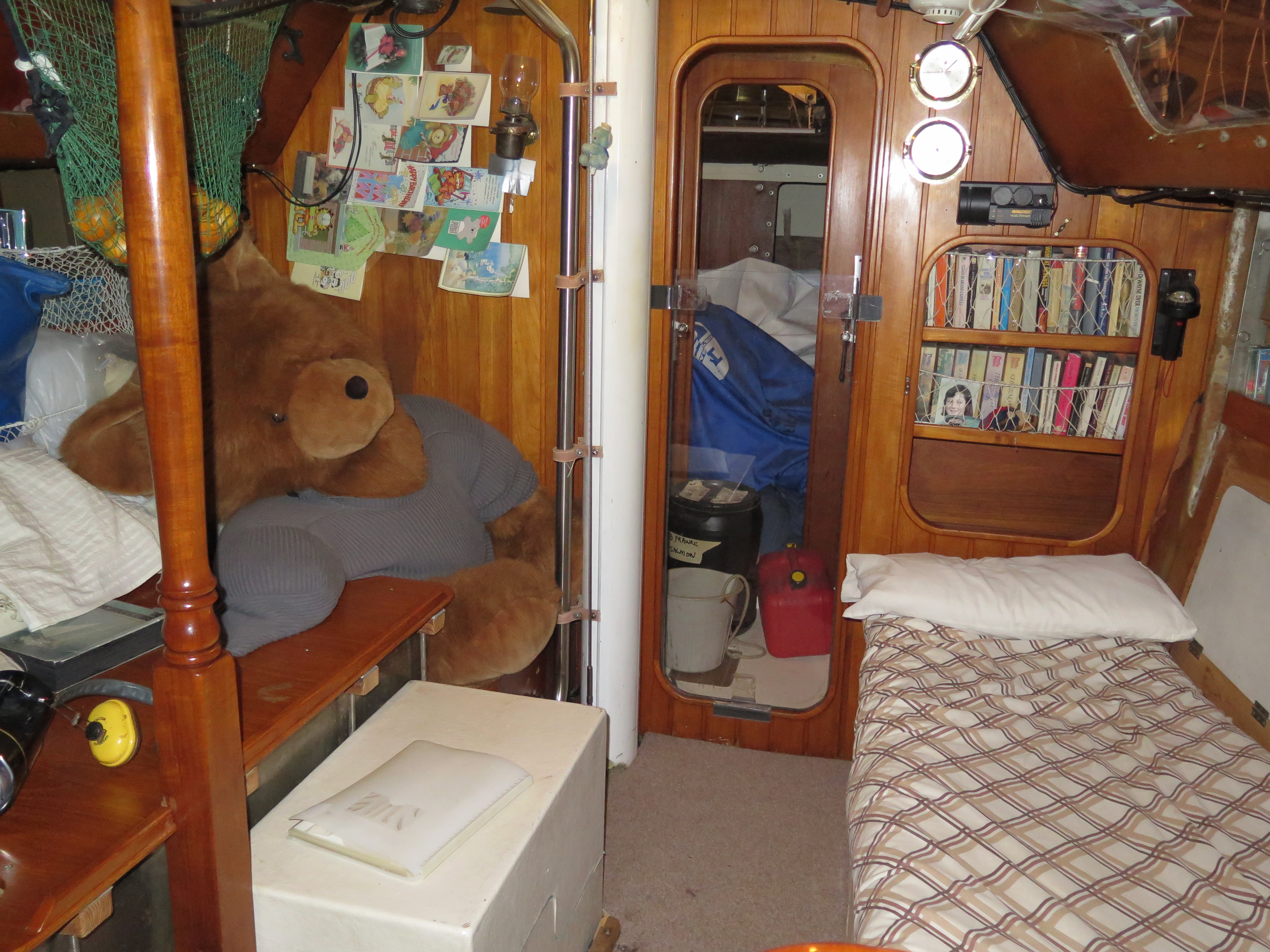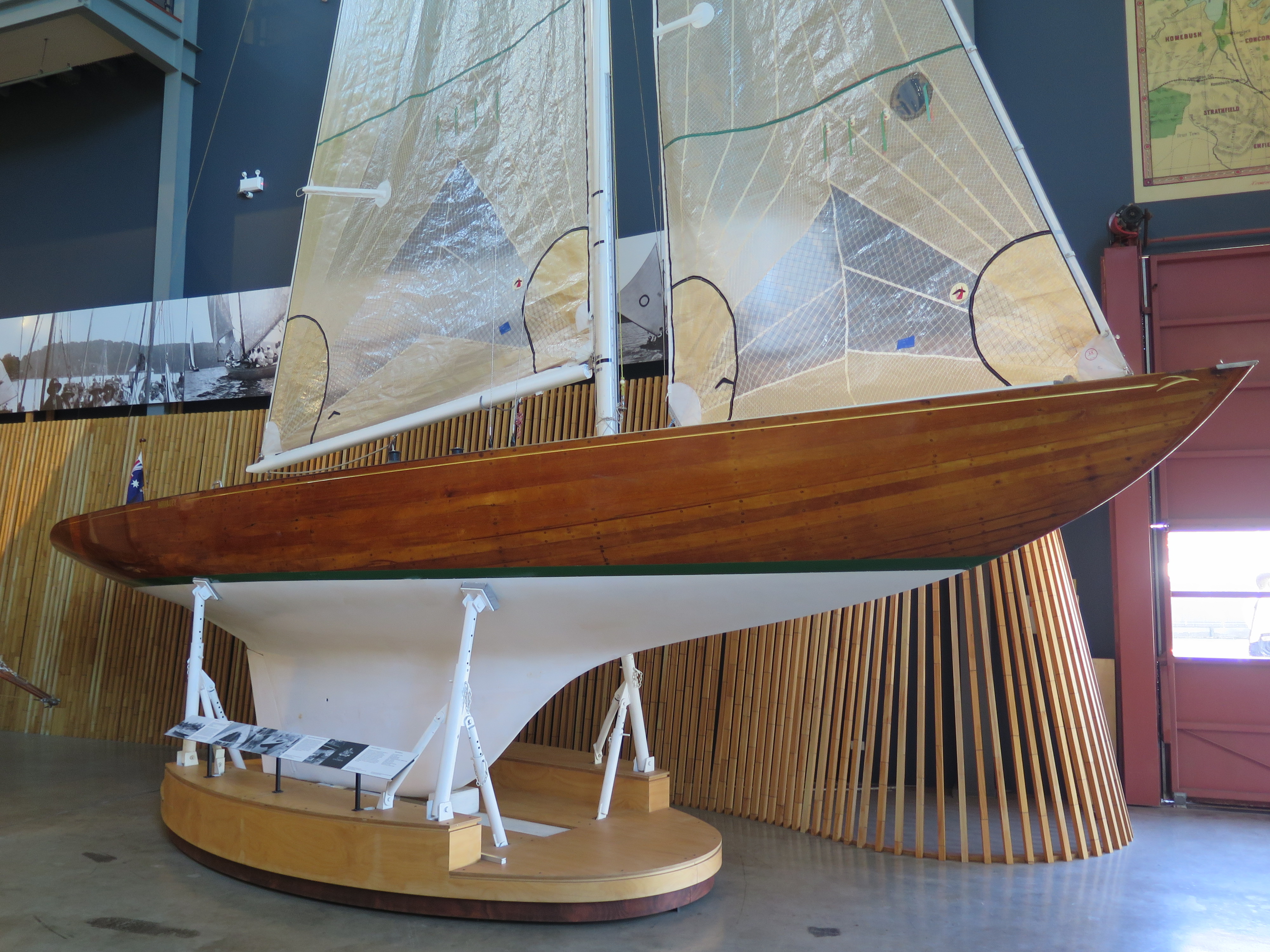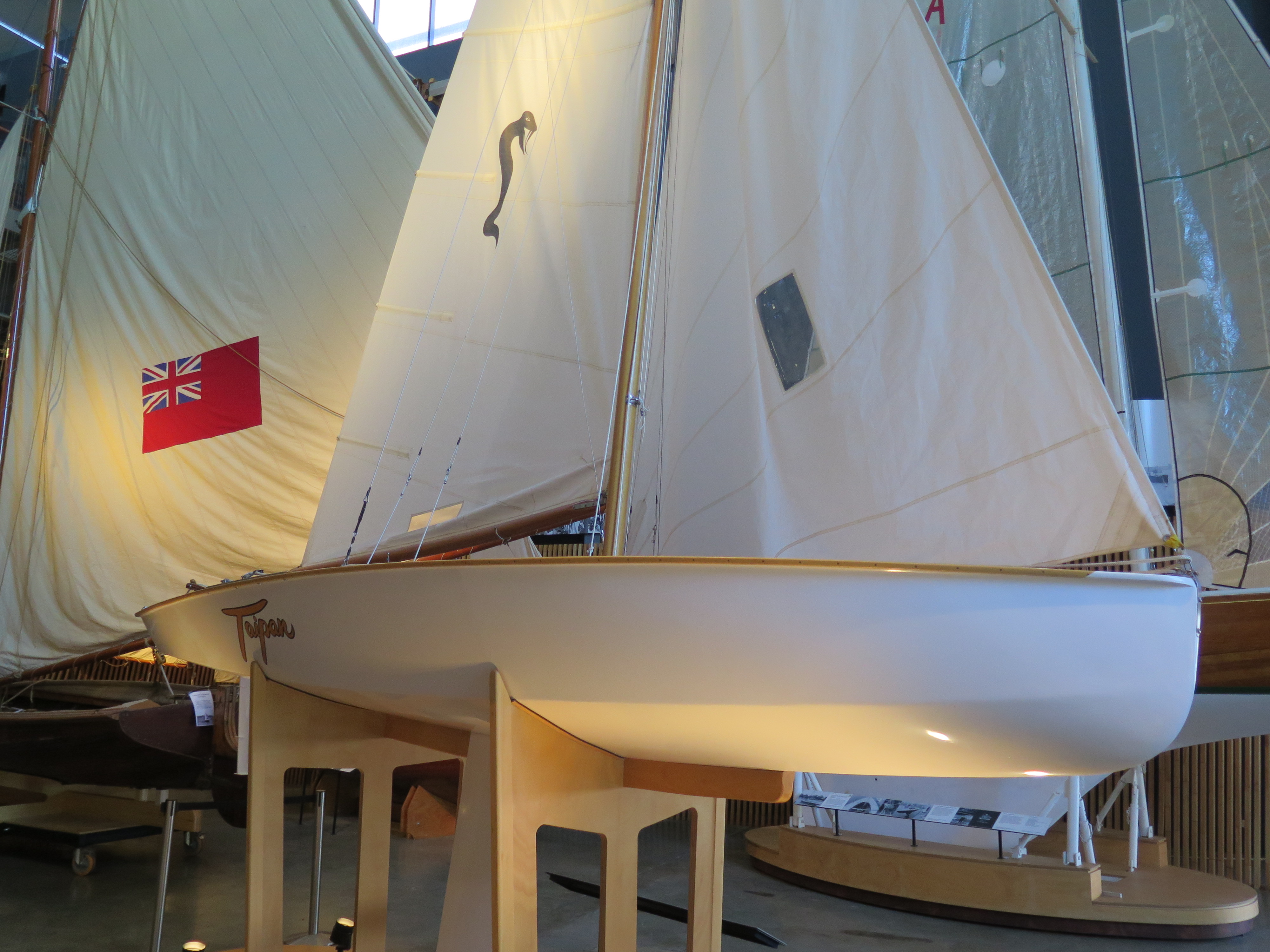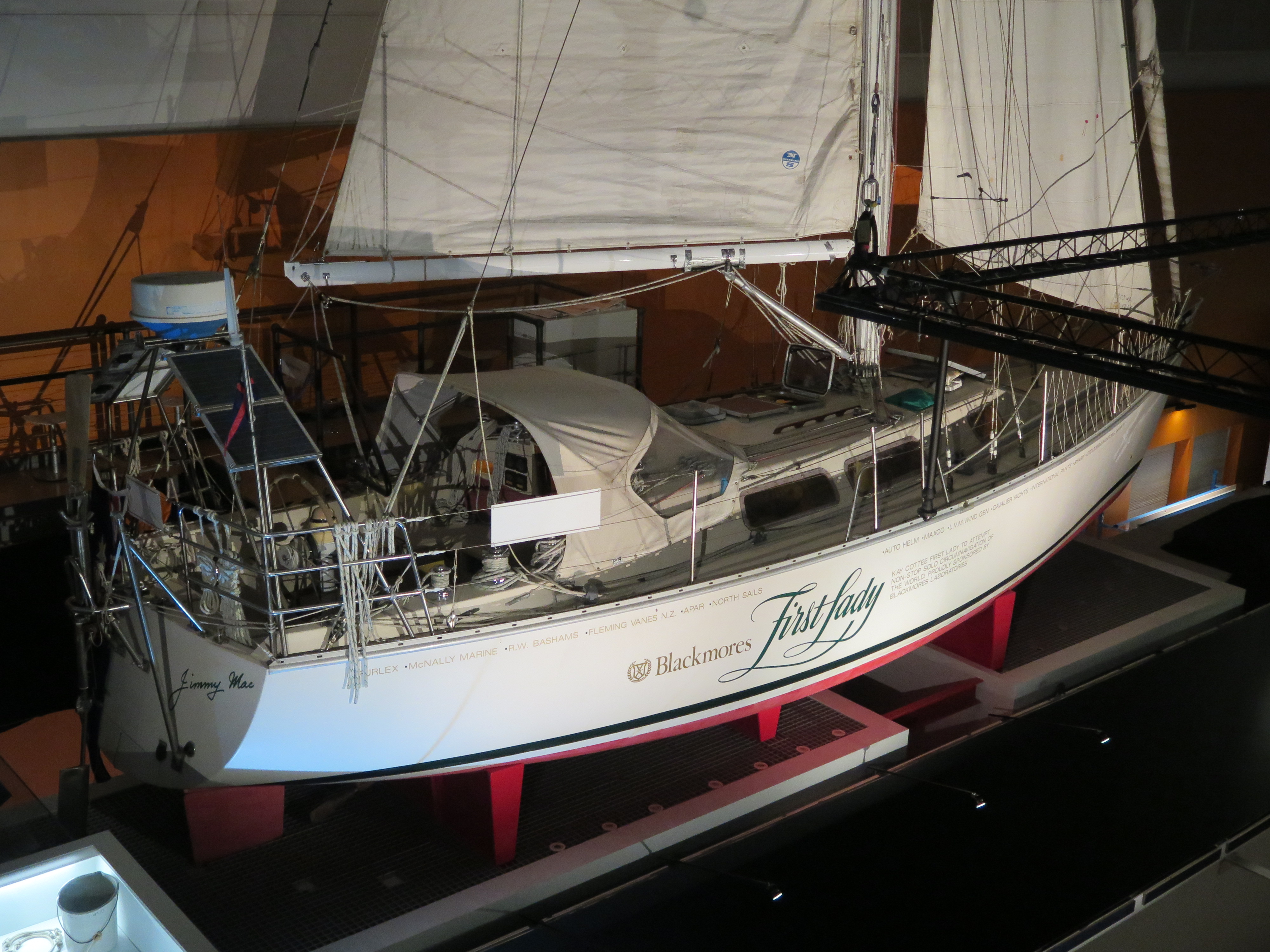Today was our last full day in Sydney, so we decided to fill some gaps in what we had done previously. We started by walking over (via a wool shop) to Darling Harbour and the Maritime Museum. There were a couple of special exhibitions – one on Bligh and one on sea creatures, but we decided just to look at the permanent galleries. There were some interesting sections including one on ‘The Navigators‘.
This had an interesting display on William Dampier. He was politely described by the exhibition as a buccaneer, but in reality he would better be described as as a pirate. He actually started in the Royal Navy, but illness forced him home to recuperate. He then tried various careers, including plantation management in Jamaica and logging in Mexico, but these were clearly not his true vocation. So, instead, he joined the crew of Captain Bartholomew Sharp on the Spanish Main of Central America. He did his first circumnavigation with this crew and then moved on several times gaining further experience in whatever it is that pirates do – probably various forms of killing and maiming …. In 1688 he landed on the east coast of Australia – the first Englishman to do so. He took some time to study the fauna and flora and returned to England, apparently penniless, in 1691, raising questions as to whether being a pirate was in fact his true vocation!
He did, however, have with him a source of income – a slave known as Prince Jeoly, from the Philippines, who became famous for his tattoos (or “paintings” as they were known at the time). Dampier arranged for an exhibition of Jeoly’s work in London using this as publicity for a book based on his diaries. This was quite a sensation in London and led to the Admiralty becoming interested in him. In fact they gave him command of a 26-gun warship, HMS Roebuck, with orders to explore the east coast of Australia – at the time known as New Holland (the name given to it by the Dutch who for some reason never claimed it as their own). This expedition gave rise to some remarkable drawings of Australian Flora and Fauna – the first detailed record known of. However, the Roebuck was in poor condition and she sunk off Ascension Island in 1701. His crew had to abandon ship and marooned for five weeks before being rescued by an East Indiaman. On his return to the UK he was court-martialled for cruelty – perhaps just desserts for an ex-pirate. In 2001 the wreck of the Roebuck was discovered and some artefacts from the wreck were on display at the Maritime Museum.
All this was long before Cook arrived in Australia, but for some reason he garnered all the credit …. such is life ….
Coming more up to date, there was also a 37 foot yacht in the museum. This yacht is called Blackmores First Lady. It was in this boat that Kay Cottee became the first woman to sail non-stop around the world, a trip lasting 189 days. She was repeatedly knocked down in the Southern Ocean and her only company on the trip was a giant teddy bear called Ted who she chatted to all the way round.

We arrived at an opportune time and were able to have a look round below with a guide from the museum. She suggested we also looked in at Wharf 7 round the corner where some of the historic boats from the museum’s collection were on display. There was an intriguing selection. One of the boats was called Britannia and was an 18 foot skiff from 1919. She was raced on Sydney Harbour for 23 seasons and took part in around 650 races winning 40 races including 13 championships.

There was also an International 5.5 square metre called Barranjoey. This was built in Balmain and owned by William Northam. In his hands she won the first ever Australian Olympic gold medal in sailing in 1964 in Tokyo.

There was also an 18 foot skiff from 1959 called Taipan. She was designed and built by Ben Lexcen who, later in life, was responsible for the design of the winged keel on Australia II – the first boat to take the America’s Cup from the Americans. Taipan was built in Brisbane and, in a precursor to his later designs, had small wings or endplates on her rudder and keel.

By this time Anne was completely ‘boated-out’ so we walked over the Circular Quay and took the ferry over to Manly. As we approached I wondered if the ferry had some sort of navigational issue as he had appeared to miss Manly and was steaming straight out of the heads. A few minutes later we realised why as a fin emerged between the ferry and South Head, closely followed by the rest of the humpback – a much closer sighting than the day before and definitely much cheaper than a whale watching trip!
Once at Manly (a few minutes late thanks to the humpback) we headed, on Alex’s advice, to the Manly Dive Centre and found that they had a guided snorkelling trip and hour later, so we signed up. They ran us round to Shelly Beach and provided all the kit, including wetsuits. The air may be warm here, but the water isn’t yet! It was a little breezy so the water was a little stirred up, but we still saw an amazing array of fish – large and small including blue groper. Apparently all blue groper start as female. One will then switch to male and will be followed around by a harem of females. When the male dies, the dominant female then changes sex and becomes the male. A very pragmatic solution to breeding. Thoroughly knackered, we then headed back to the hotel and had supper with Fiona in the pub in Chippendale.
